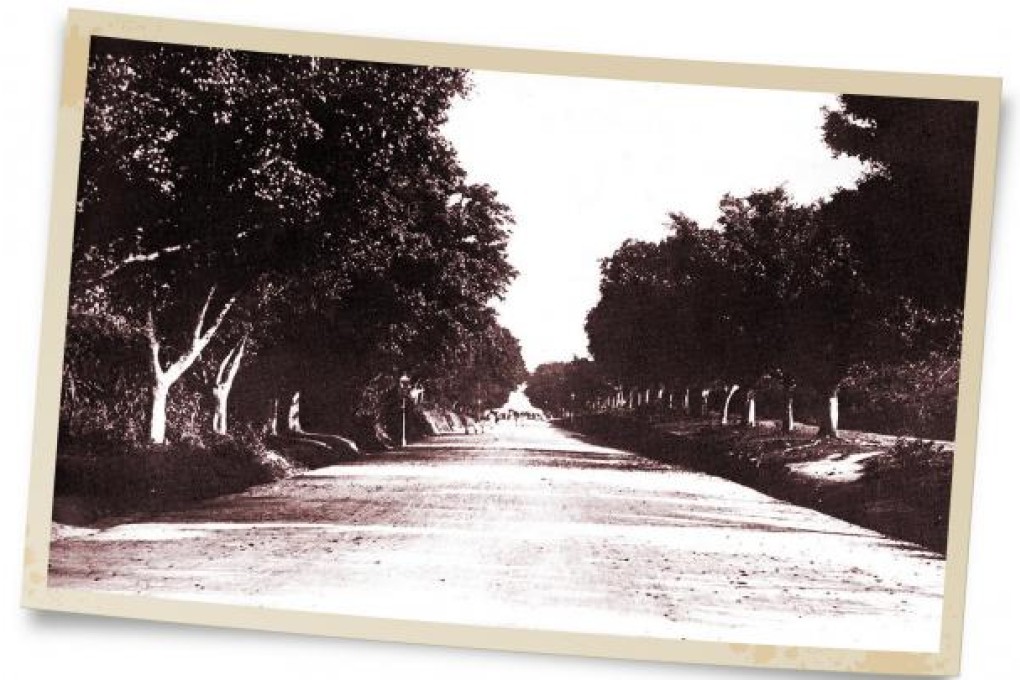Getting to the root of the problem with Hong Kong's trees
The rickshaws and horses seen in old pictures of Nathan Road are long gone - and unless the city changes its ways, the banyan trees will be too

According to the latest figures obtained from the Leisure and Cultural Services Department, Hong Kong has lost one-tenth of its urban heritage trees in the past eight years. Of the 527 trees listed in the department's register of "old and valuable trees" since 2004, 52 of have been removed because of "natural causes", by which the department means typhoons and disease.
While the government blames the loss on the age of the trees, experts and at least one former official say it is the government's poor maintenance that has weakened the health of them in the first place. Critics say that if the government continues its neglect of the problem, which stems from a lack of vision and qualified professionals, the city could soon lose all its heritage trees.
The issue became a matter of public concern over the past few summers, particularly in August 2008, when a coral tree plagued with fungus collapsed in Stanley Market, killing a schoolgirl. The accident exposed the government's failure at assessing tree risks and triggered a series of follow-up actions taken to improve the system, including setting up a tree-management office two years ago.
A weakness in the city's tree-management system has been a lack of co-ordination among departments. This stems from the government's "integrated" approach, under which the location of a tree will decide which department is responsible for its care.
For example, a tree located on a highway is managed by the Highways Department, while those in public parks are left to the Leisure and Cultural Services Department.
The tree-management office was set up to improve risk assessment and the standards of tree workers. It has issued guidelines and organised training, with More than 14,000 tree workers and supervisors attending its workshops and seminars in the past two years, not including staff from various departments. But a tree professor at the University of Hong Kong, Jim Chi-yung, who is also a member of the office's expert panel, said it had not functioned properly and had failed to live up to public expectations.